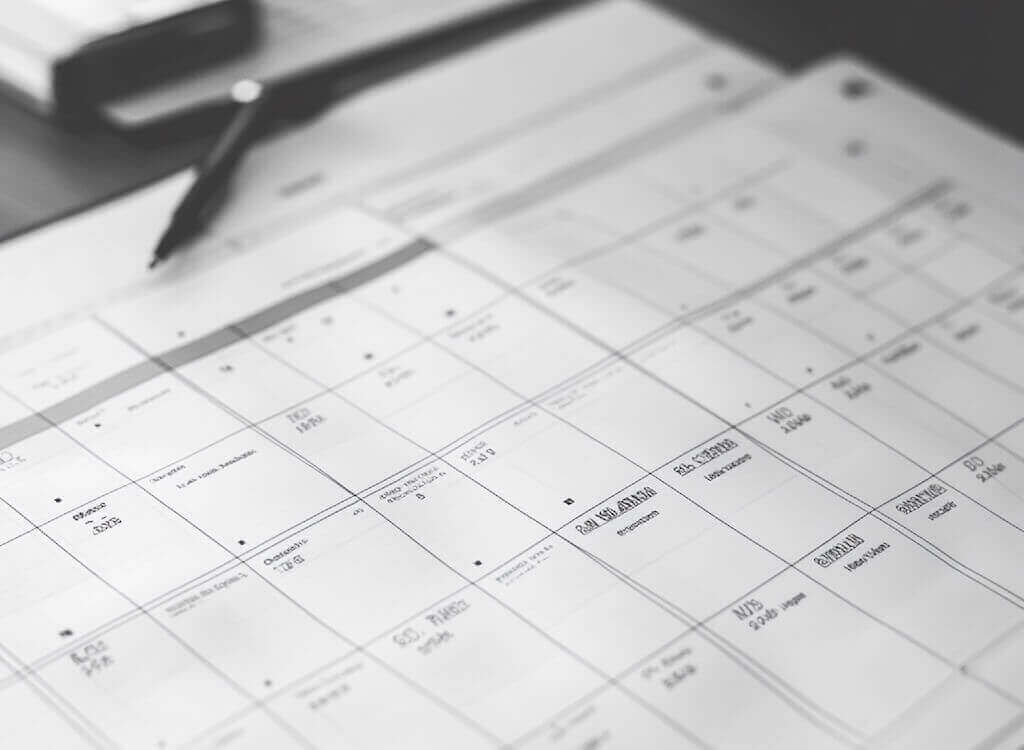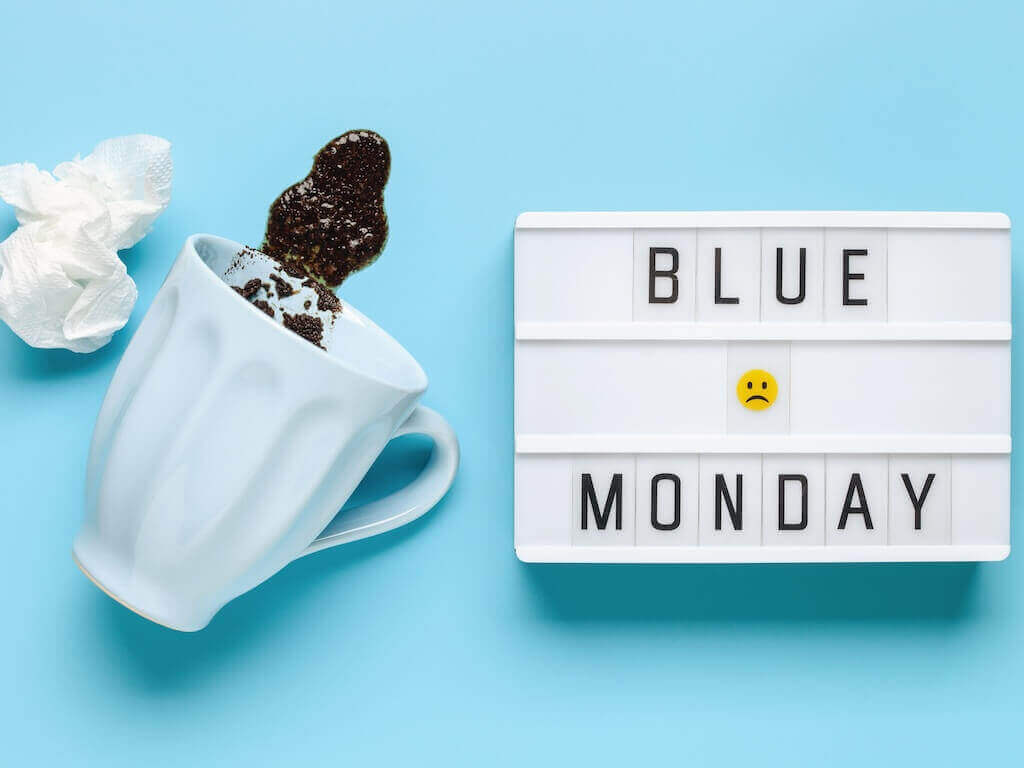
The best days to schedule and host a successful webinar is when your audience is truly ready to listen. No unnecessary theory. Everything is backed by experience. Let’s go.
Optimal Webinar Scheduling for Maximum Attendance
Summarize with
Many businesses and companies invest heavily in the content and design of their online webinars but forget the simplest factor which is the timing. If you choose the wrong day all your effort may go to waste. But a session launched at the right moment even with minimal content can easily bring together a strong audience. Let’s investigate how to choose the best time for your best virtual event.
Table of contents
- Optimal Webinar Scheduling for Maximum Attendance
- What are the best days to schedule a webinar?
- Which weekdays work best
- What time of day is most effective for a webinar
- Why it is important to consider webinar duration
- How to maintain attention from start to finish
- Why it is essential to make a call to action during the webinar
- How to test and optimize your webinar schedule
- Conclusion
- Frequently asked questions
What are the best days to schedule a webinar?
This is not about generic advice from a textbook. What follows are real observations, practical case examples, and a bit of data. Everything is here so you can plan webinars intentionally with your audience in mind and avoid guesswork. Use these insights to maximize attendance, engagement, and the overall impact of your online events.
Which weekdays work best

Monday brings fatigue Wednesday is filled with deadlines and Friday feels like the end of the week. All of this affects how people perceive online webinars. In this context Tuesday and Thursday are the most effective choices. These are the days when most people have already settled into their work rhythm but are not yet mentally and physically exhausted. That is when attendees are more likely to join and stay until the end.
Why Tuesday and Thursday deliver better results
By Tuesday people have sorted their inboxes planned their week and are open to new information. The same applies to Thursday. Everything is ready and week is almost over. Psychologically this day feels lighter especially for mid day sessions.
Let us look at some data. For example, according to our internal metrics virtual events held on Tuesday have twelve percent higher attendance compared to Monday. Thursday shows even stronger performance when compared to Wednesday. Basically you can test this in your own campaigns. Just schedule the webinar and send invitations on a Tuesday and track how open rates respond.
What to do if Tuesday and Thursday are overcrowded
When most companies pick the same days overlap of events becomes a problem. This is especially true in marketing and human resources where webinars are very frequent. Then, in these cases it makes sense to try other options.
Monday morning works well for internal meetings and analytical sessions. For example, in case if your audience includes specialists or managers then the first morning of the week might be a great opportunity.
Friday during the day can also be effective especially if the webinar focuses on a product demonstration or wraps up a learning series. That is the approach taken by B2B companies like Wrike and Notion.
What time of day is most effective for a webinar

Morning webinars tend to underperform. People are distracted by emails meetings and just getting into their day. Evenings are not much better. After a long workday most people are not in the right state of mind to absorb information especially if it requires focus. That is why midday remains the optimal window.
Why midday sessions work best
From eleven in the morning until around three in the afternoon most professionals have a gap with no meetings. Morning briefings have ended and the second wave of tasks has not yet started. According to our around sixty percent of all webinar room entries happen during this time frame.
If your audience is based in London or Berlin especially in the B2B sector then the best time to run a webinar is between twelve thirty and two o’clock. But for western audiences this window shifts slightly depending on location. For example, some people join from Berlin others from New York. When your audience is spread across time zones consider scheduling closer to two in the afternoon Berlin time to reach both east and west.
How to adapt to your audience
If your audience consists of students or freelancers the evening might work better. These groups do not follow rigid schedules or fixed working hours. Even so it is best to avoid sessions that start too late. For example, after seven in the evening engagement drops quickly.
Our internal reports show that the highest completion rates come from those who join before the webinar starts. This means that it is not enough to simply choose a time. You also need to set up your reminders properly so that people arrive early. This is best handled through email reminders sent one hour and fifteen minutes before the webinar begins.
Why it is important to consider webinar duration

Even if you pick the perfect time the audience will not stay with you forever. Many participants leave after just twenty minutes. Some get pulled away by work some lose interest and some join out of curiosity without intending to stay. That is why it is essential to carefully plan the length and keep engagement high throughout the session.
How to maintain attention from start to finish
By our observations the average viewing time for a webinar is around twenty five minutes. After that engagement begins to drop. To avoid this you need to shift the pace of delivery.
For example, you can bring in a second speaker. This creates the feeling of a real conversation and introduces a change in voice. And also helps to switch the presentation style. Start with slides then move to a demonstration or shift from theory to real case examples.
Short video clips and interactive moments also work well. For example a poll in the fifth minute or a quick question in the chat. These small actions create a sense of presence.
If your session lasts longer than forty minutes make sure to include transitions. For instance announce the plan for the second half and invite those who are truly interested to stay. This filters out casual viewers and improves the quality of the remaining audience.
Why it is essential to make a call to action during the webinar

Many companies and businesses send a follow up message with a product offer a registration link or a free trial after the webinar ends. In theory that makes sense. In practice engagement drops sharply in the first few hours. Attendees get distracted move on to other tasks and forget what the webinar was about.
That is why it is much more effective to deliver your offer during the session. Near the end of your main message you can show a registration button or send a link in the chat. Our webinar platform allows you to do this seamlessly without stopping the stream.
One of the best moments is when the host clearly communicates the next step. This might be signing up for a demo getting access to a bonus or joining a private group. These actions complete the user journey and gently move them toward a decision. At that moment engagement is at its peak and it should never be wasted.
How to test and optimize your webinar schedule
Even if you have found the perfect day and time that does not mean the format of your event should stay fixed. Audience behavior changes. What worked three months ago may not perform the same way today. That is why regular testing and adjustments based on data are crucial.
Testing different days and time slots
Sometimes all it takes is to run one session on Tuesday and the next on Friday to spot a difference in engagement. If you work with a returning audience try adjusting the start time and tracking key metrics. This might include view duration the number of questions or clicks on your call to action.
A real example. A company offering marketing education ran webinars on our platform at different times of the day. Morning sessions attracted more registrations but evening ones converted better. That insight became the foundation for splitting content by goal.
Analyzing engagement during the session
Our online platform allows you to monitor how participants behave in real time. You can see exactly when people leave when chat activity peaks and when interest fades. These insights help reshape the webinar script. If activity drops after the fifteenth minute it may be time to add more interaction or switch the topic.
Comparing formats to improve engagement
The same topic can be delivered in many ways. You can choose a lecture an interview or a panel discussion. Try different formats. An interview with a guest speaker might lead to stronger engagement even if the subject remains the same.
For example, one of our clients ran a comparison. A panel session with three experts received one and a half times more questions than a solo talk on the same topic.
Automating your follow up after the webinar
The job is not done once the webinar ends. You need to follow up with those who dropped off early or never showed up. The easiest way is to use an automated email. According to data these emails perform best when sent twenty four hours after the session. That timing feels like a timely reminder rather than unwanted marketing.
Conclusion
If you are planning a webinar, do not start with content or design. Begin by thinking about the timing. A well chosen slot can attract more sign ups than any ad campaign. Choose Tuesday or Thursday, schedule the session around midday, place your call to action during the stream, and do not be afraid to experiment with different formats. Your audience will not always act the way you expect, but they will always show you what works and what does not. Pay close attention to the numbers and keep improving. That is what separates successful webinars from forgettable ones, and it will help you discover the best days to schedule a webinar.
Frequently asked questions
According to our experience the strongest results come from Tuesday and Thursday. On these days people are already in work mode but not yet overwhelmed. Attendance and engagement are higher than on other weekdays.
The most effective time is between eleven and fifteen local time. This window has fewer meetings and more availability. Sessions that start between twelve thirty and two tend to perform especially well.
Because engagement drops quickly once the session ends. The most effective way to convert is with a real time offer while the viewer is still focused.
Audience behavior changes over time. To stay effective you need to test regularly. Adjust the day the start time the length and the delivery style. Watch how people respond and make improvements accordingly.

Dedicated to enhancing your online meetings and webinars in today’s digital-first era. Join us as we share in-depth insights, proven strategies, and expert guidance on organizing, promoting, and excelling at virtual events and conferences.











